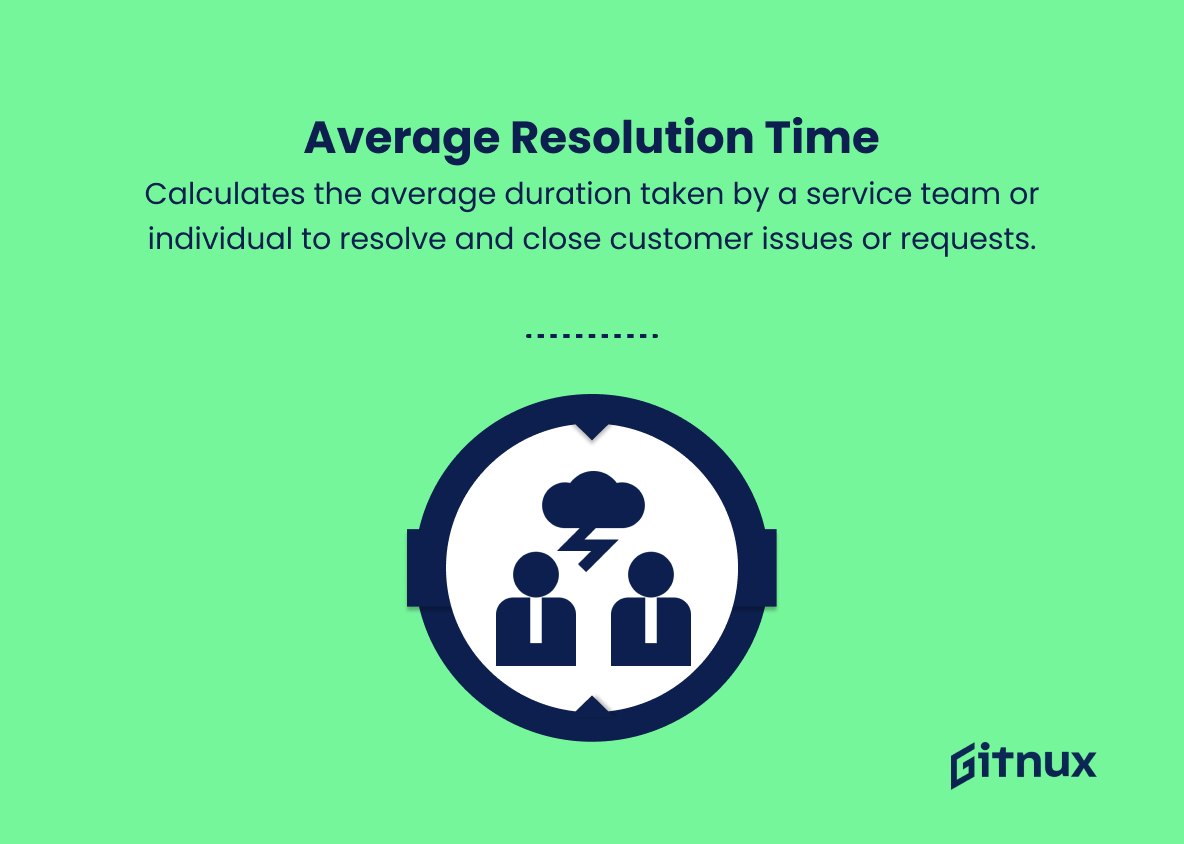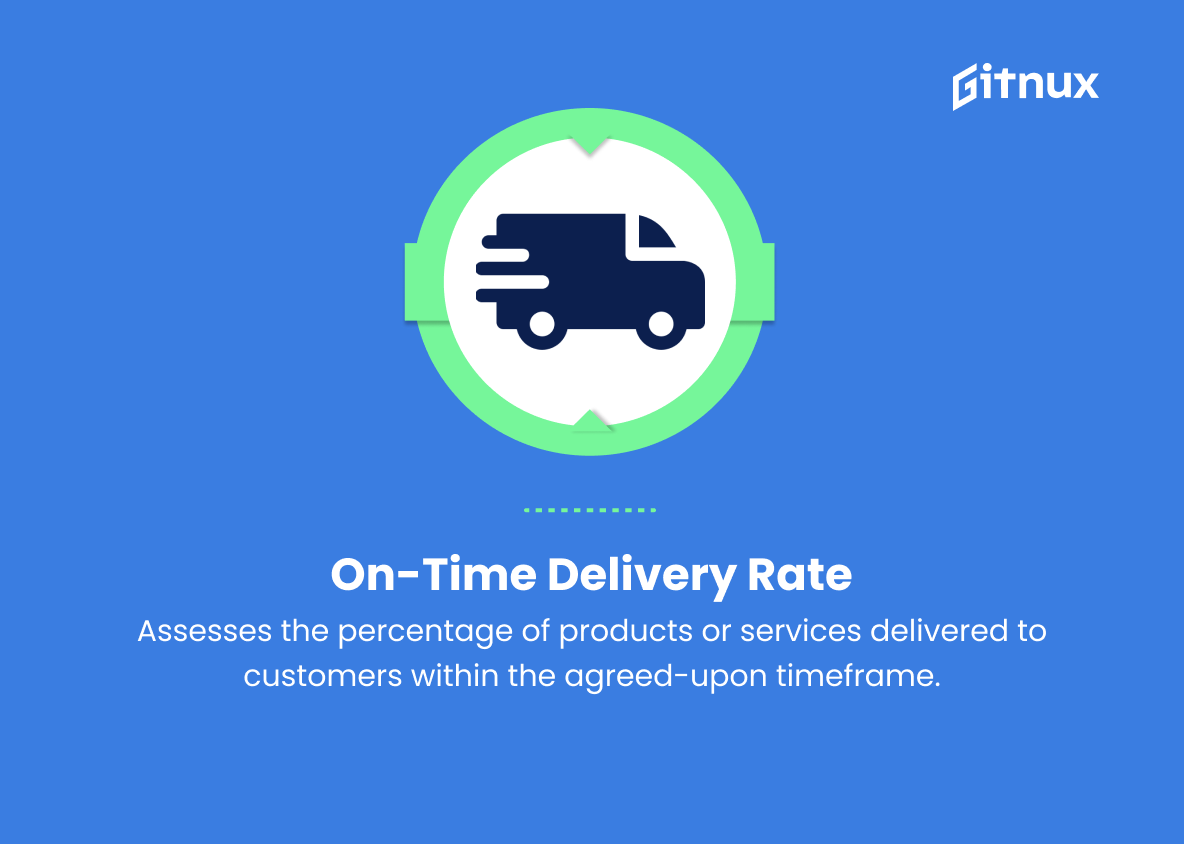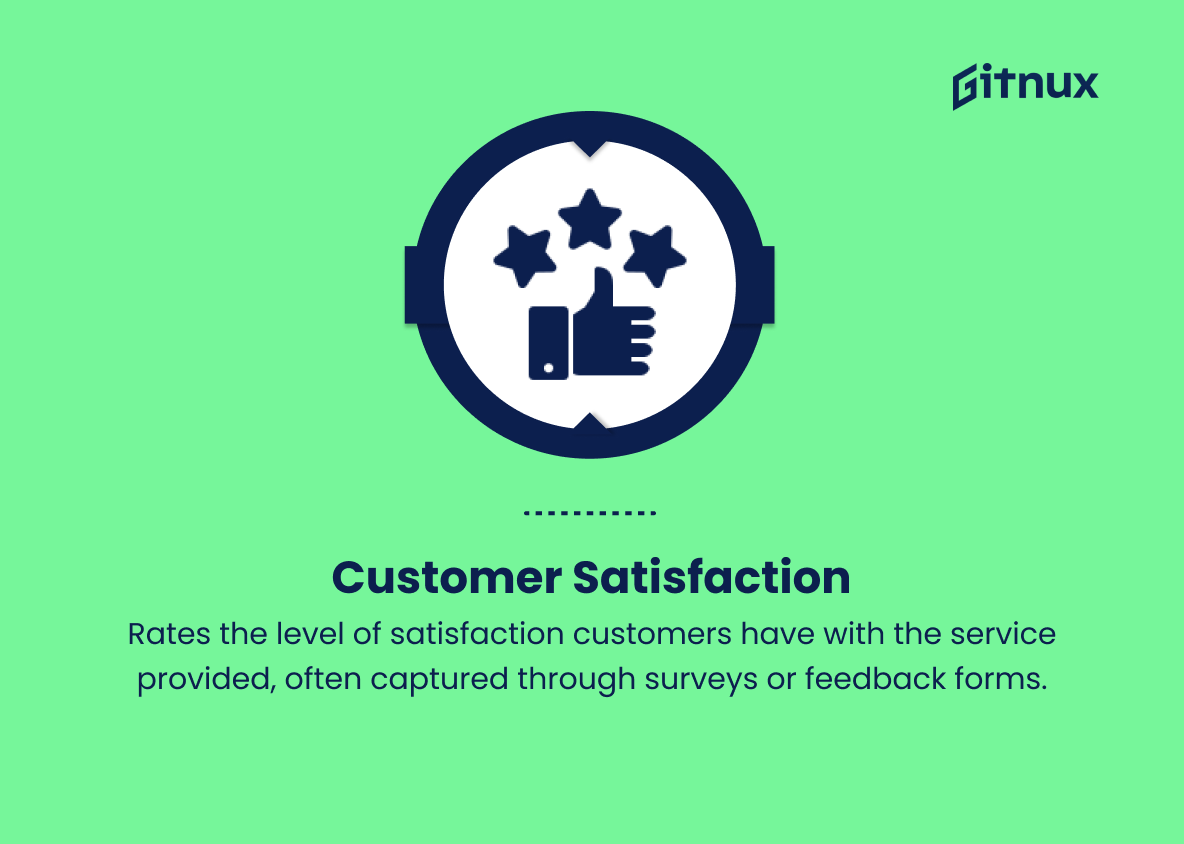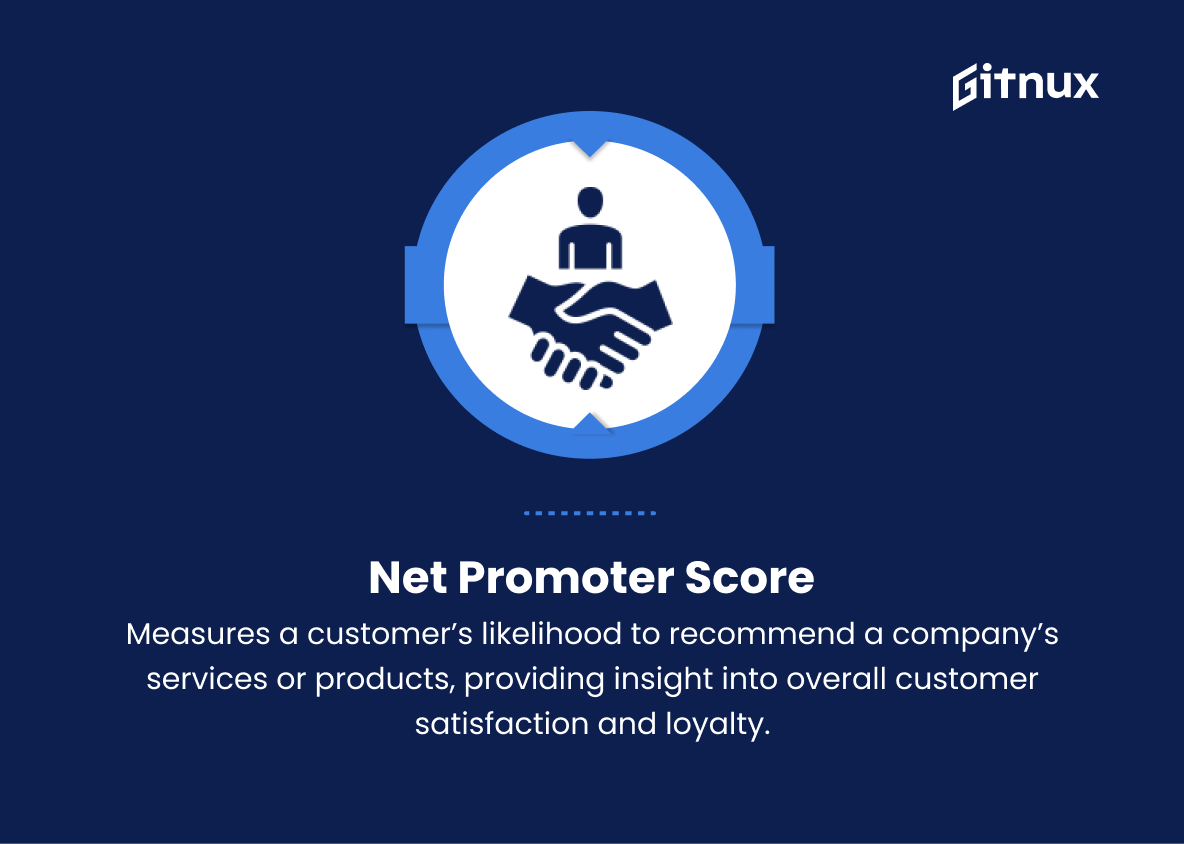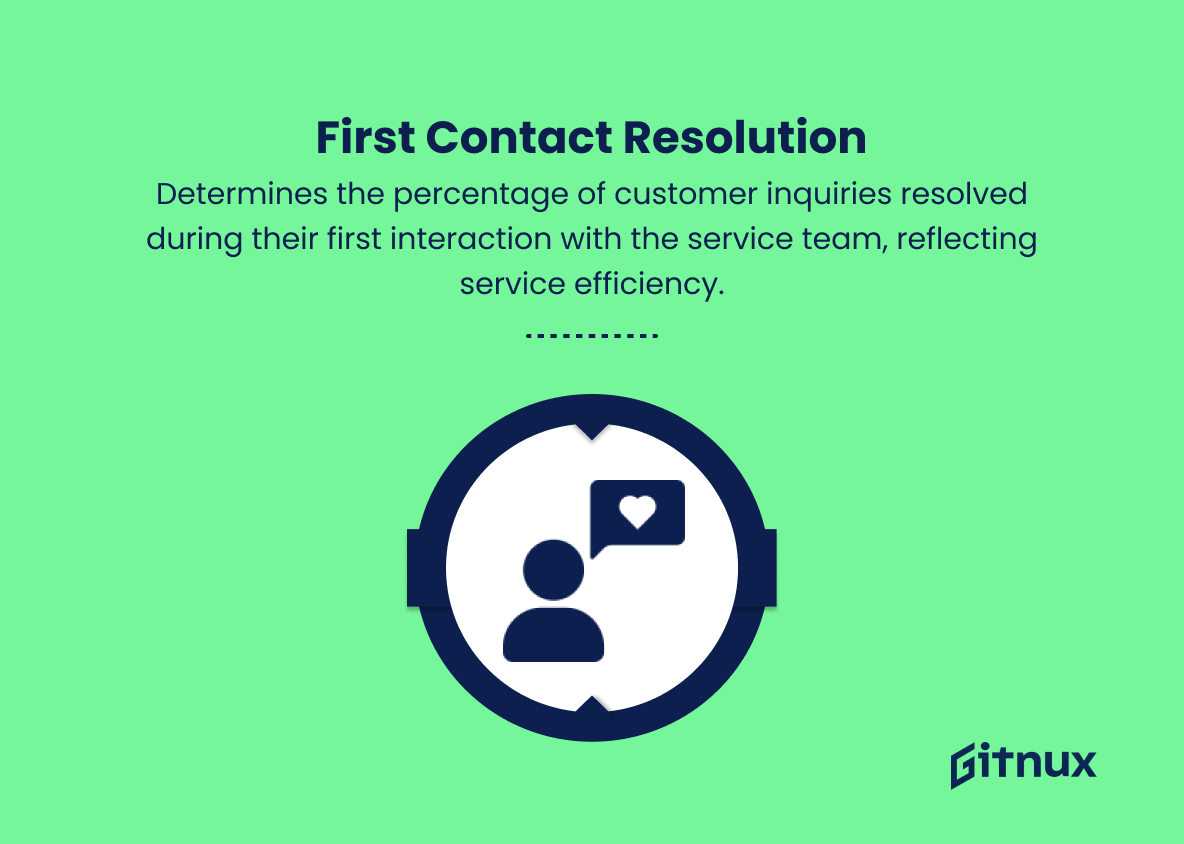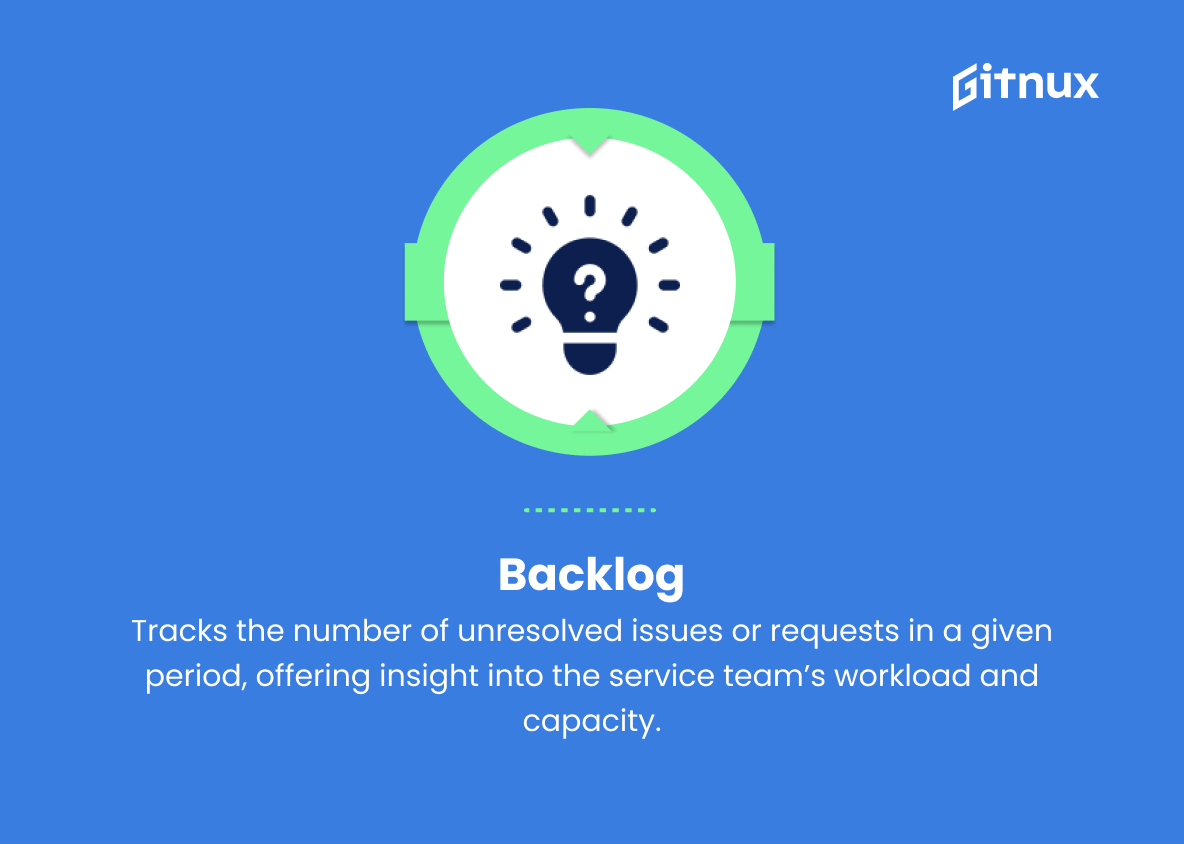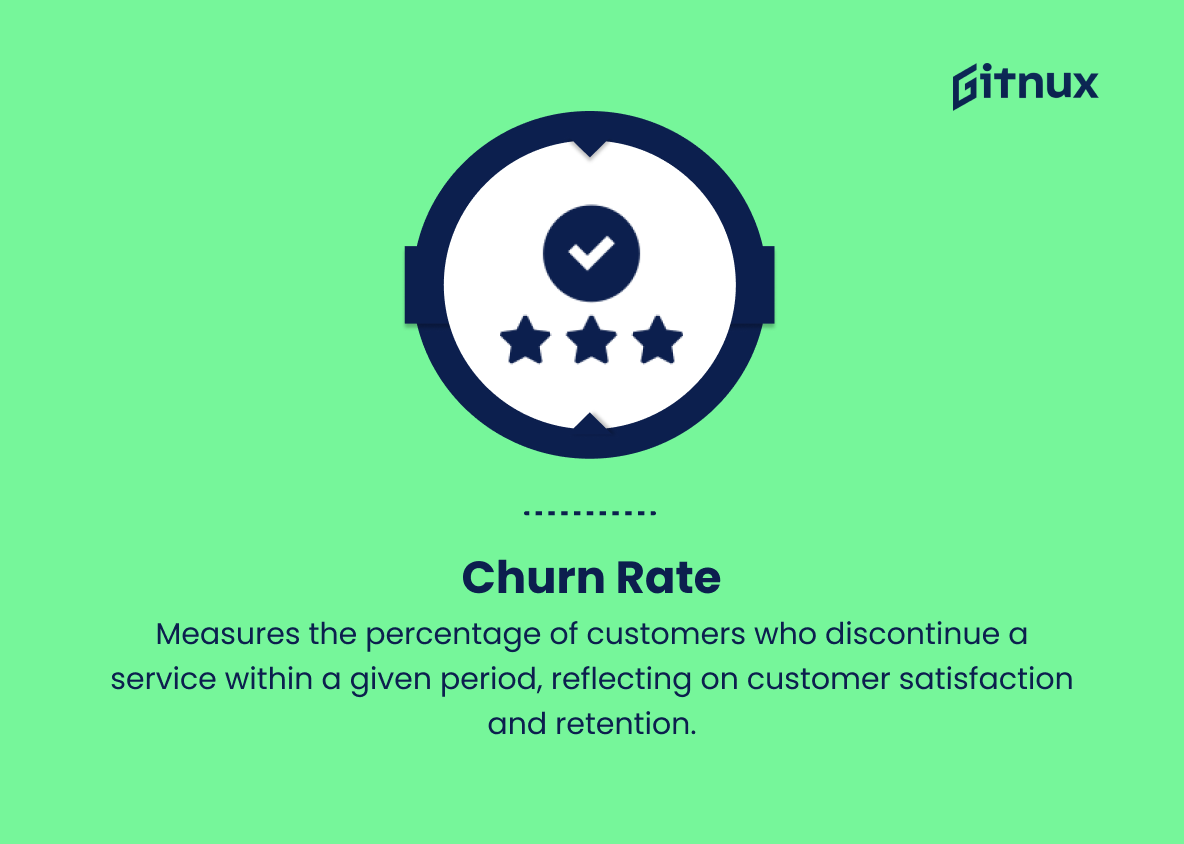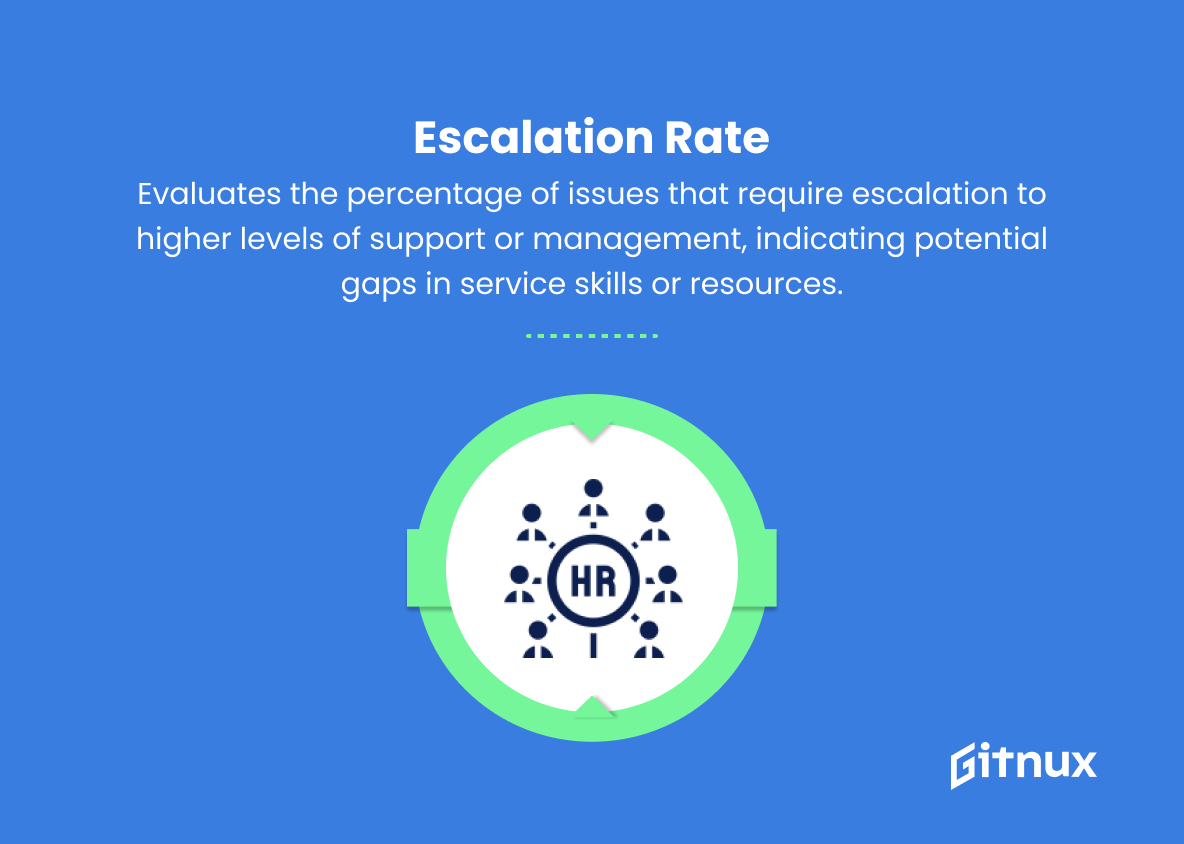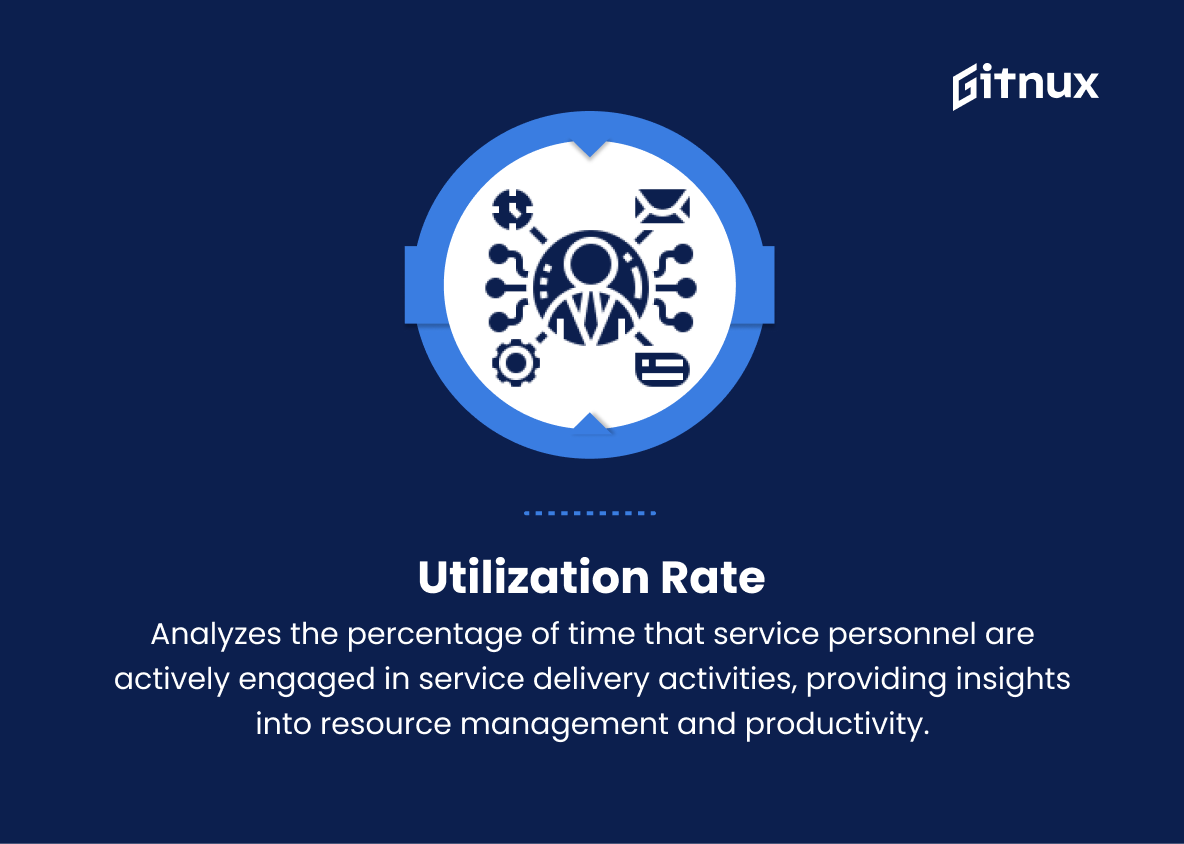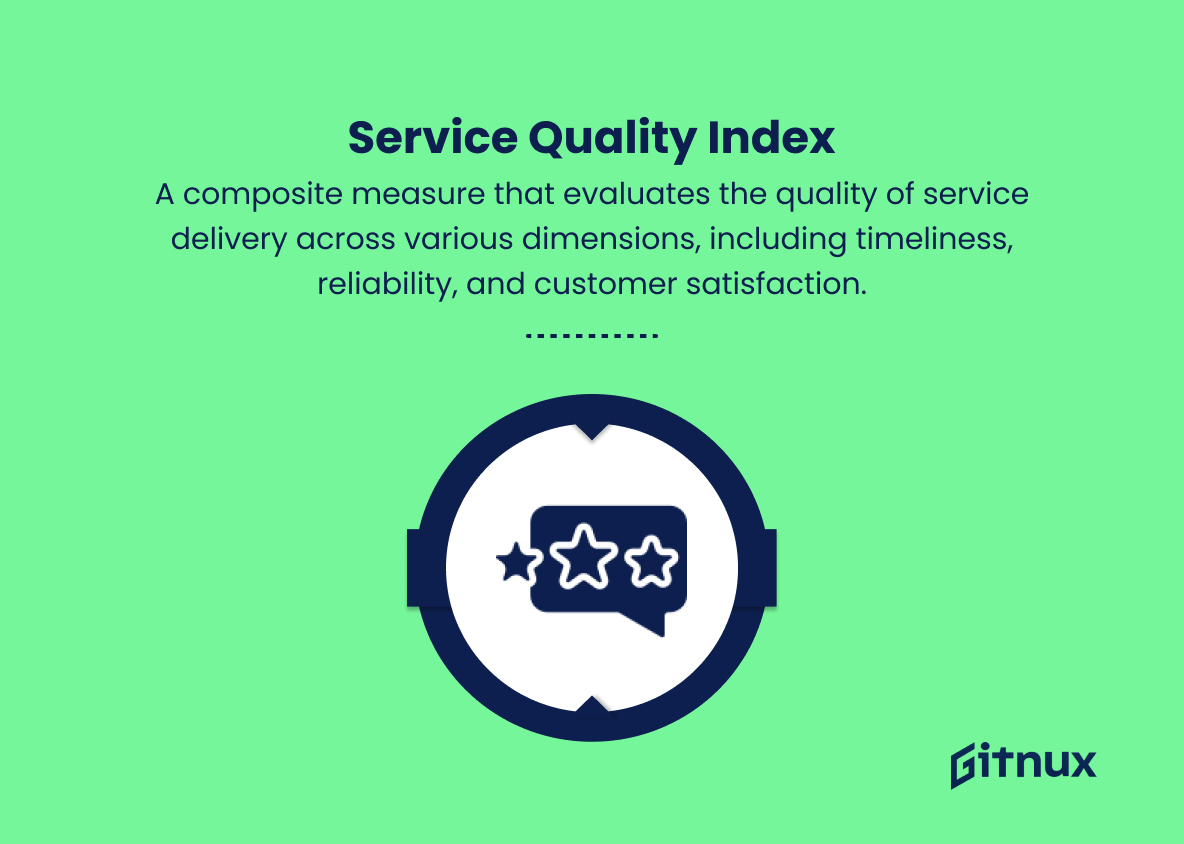In today’s highly competitive global economy, businesses across all sectors are striving to improve their processes and performance to maintain a steady growth trajectory. One critical element at the heart of this pursuit is the effective management and measurement of service delivery. As the lifeline of any successful organization, service delivery significantly impacts customer satisfaction, retention, and overall profitability. To ensure streamlined operations and optimal outcomes, businesses must invest time and resources in understanding and implementing Service Delivery Metrics – a powerful tool that provides valuable insights and data-driven decision-making capabilities.
This comprehensive blog post delves into the significance of Service Delivery Metrics, exploring their role in maintaining service quality, reducing costs, and enhancing business performance. Through a discussion of key performance indicators, best practices, and real-world examples, we aim to equip you with the knowledge and understanding necessary to transform your organization’s service delivery operations and drive long-lasting success. So, buckle up as we embark on this insightful journey to elevate your business to new heights.
Service Delivery Metrics You Should Know
1. First Response Time
Measures the average time it takes for a customer to receive an initial response or assistance from the service team after submitting a request.
2. Average Resolution Time
Calculates the average duration taken by a service team or individual to resolve and close customer issues or requests.
3. On-Time Delivery Rate
Assesses the percentage of products or services delivered to customers within the agreed-upon timeframe.
4. Service Availability
Represents the percentage of time during which a service or system is operational, uninterrupted, and accessible for use.
5. Customer Satisfaction (CSAT)
Rates the level of satisfaction customers have with the service provided, often captured through surveys or feedback forms.
6. Customer Effort Score (CES)
Evaluates the ease with which customers are able to get their issue resolved or request fulfilled, reflecting on the service delivery quality.
7. Net Promoter Score (NPS)
Measures a customer’s likelihood to recommend a company’s services or products, providing insight into overall customer satisfaction and loyalty.
8. First Contact Resolution (FCR)
Determines the percentage of customer inquiries resolved during their first interaction with the service team, reflecting service efficiency.
9. Backlog
Tracks the number of unresolved issues or requests in a given period, offering insight into the service team’s workload and capacity.
10. Service Level Agreement (SLA) Compliance
Monitors the percentage of service delivery instances where SLA commitments are met, indicating the effectiveness of the service process.
11. Churn Rate
Measures the percentage of customers who discontinue a service within a given period, reflecting on customer satisfaction and retention.
12. Escalation Rate
Evaluates the percentage of issues that require escalation to higher levels of support or management, indicating potential gaps in service skills or resources.
13. Utilization Rate
Analyzes the percentage of time that service personnel are actively engaged in service delivery activities, providing insights into resource management and productivity.
14. Service Quality Index (SQI)
A composite measure that evaluates the quality of service delivery across various dimensions, including timeliness, reliability, and customer satisfaction.
Service Delivery Metrics Explained
Service Delivery Metrics play a crucial role in evaluating the effectiveness of a company’s service processes, customer satisfaction, and overall performance. First Response Time allows businesses to assess the initial response time of their service team, while Average Resolution Time helps identify the efficiency of resolving customer issues. On-Time Delivery Rate is essential in understanding customer expectations in terms of delivery timelines, whereas Service Availability showcases the accessibility and reliability of the service.
Metrics such as Customer Satisfaction (CSAT), Customer Effort Score (CES), and Net Promoter Score (NPS) collectively provide insights into customer satisfaction, service quality, and loyalty. First Contact Resolution (FCR) and Escalation Rate offer a glimpse into service team efficiency and areas needing improvement. By monitoring backlog, businesses can manage their service team’s workload and capacity, while SLA Compliance and Churn Rate reflect on the effectiveness and customer retention aspects of the service process.
Utilization Rate helps companies optimize resource management, and Service Quality Index (SQI) offers a comprehensive measure of service quality across various dimensions. In summary, these Service Delivery Metrics provide a holistic understanding of a company’s service performance and areas for continuous improvement.
Conclusion
In summary, service delivery metrics are vital tools to measure and enhance the efficiency and effectiveness of any organization’s processes. By comprehensively evaluating these parameters, businesses can garner valuable insights, identify areas of improvement, and adopt customer-centric strategies. Ultimately, implementing and tracking service delivery metrics paves the way for creating exceptional customer experiences, fostering long-term relationships, and driving organizational growth. Staying ahead in today’s competitive landscape calls for a meticulous focus on optimizing service delivery metrics – it’s an investment that pays off in magnified customer satisfaction and business success.

